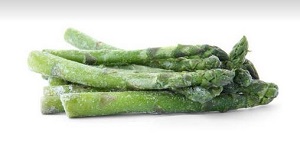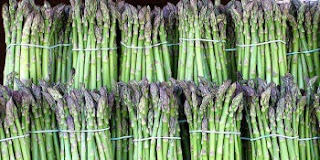Asparagus 101
Spring is a time for new beginnings, and we enjoy seeing our favorite green veggie spring up in the garden. Asparagus is a delicious and healthy complement to any dinner, and it can be prepared in a variety of ways. Continue reading to learn everything there is to know all about asparagus.
Asparagus is in season in the spring, peaking from April until June. Asparagus, on the other hand, can emerge as early as February and last until July. Although there are over 300 varieties of asparagus, only around 20 are edible. Green asparagus is the most popular because of its spices, although white, purple, and wild asparagus are also popular. Purple asparagus is sweet and delicious, but white asparagus has a milder flavor.
Asparagus is low in calories and abundant in vitamins and minerals, making it an excellent supper side dish. It is high in vitamin K, which aids in the delivery of calcium, the strengthening of bones, and the facilitation of blood clotting. It's also high in folate, a B vitamin that aids in the formation and maintenance of new cells, the creation of DNA, and the prevention of birth abnormalities. Asparagus is high in fibre, calcium, and vitamins A, C, and D. Asparagus is also a natural diuretic, making it an excellent therapy for edema and water retention. Asparagus has just approximately 40 calories per cup, with each spear having about 5 calories, making this green plant a healthy option.
In cooking, the stronger the flavor of asparagus, the less it has to be enhanced. White asparagus is traditionally cooked in steam with hot or cold sauces, or cooked in Utensils, in cream, or pan-fried with other vegetables. Green asparagus, cooked whole or sliced into tagliatelle strips, is a delicious addition to salads and appetizers. To modernize and simplify its customary usage, you must devise novel new approaches.




Comments
Post a Comment